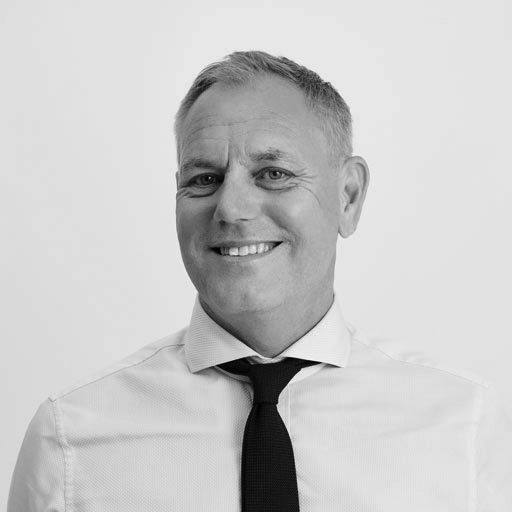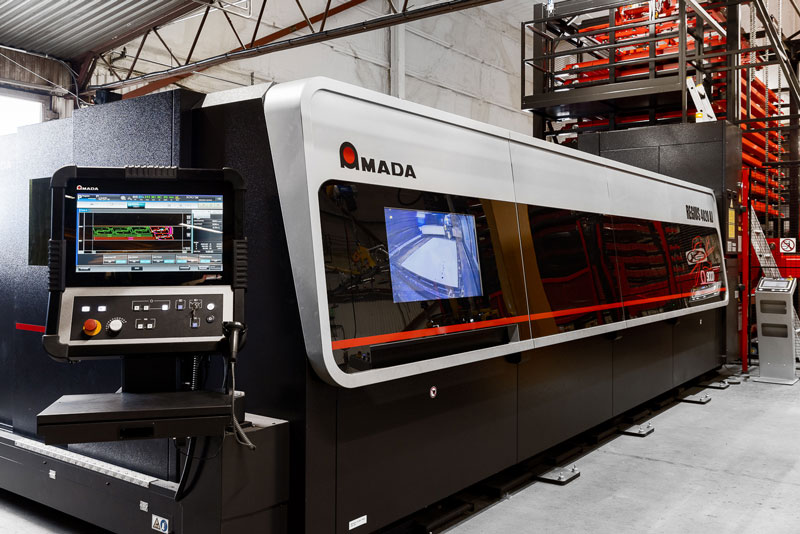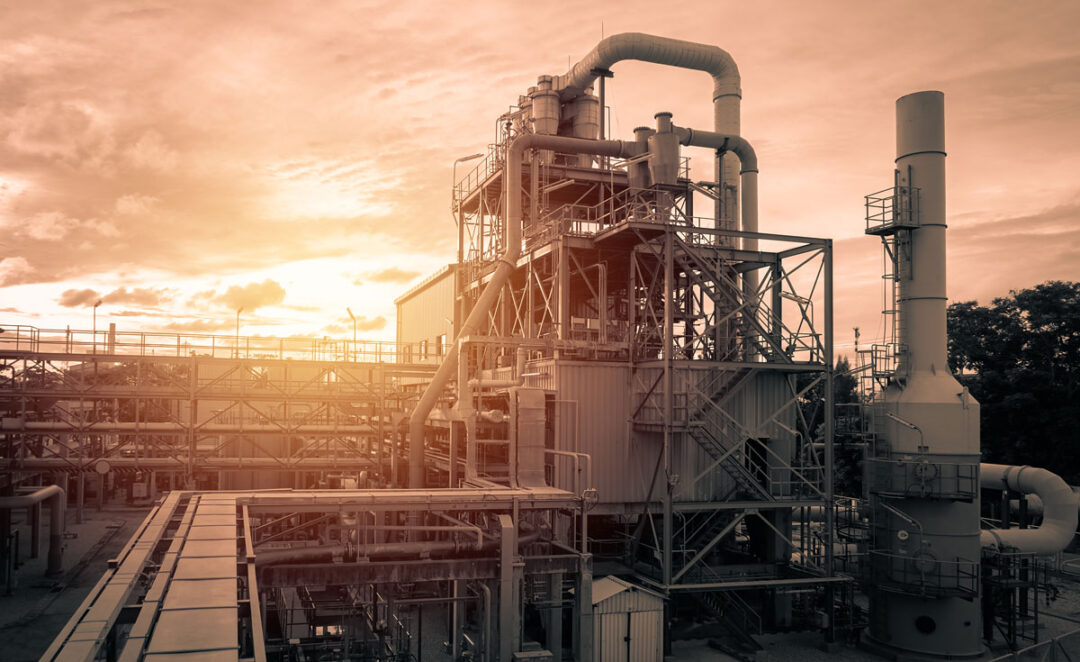It seems like the economy might start to ease in the second half of 2024.Something many are looking forward to, production picking up again after the uncertainty and slowdown of 2023. Although the Purchasing Managers’ Index for the industry fluctuates monthly, the trend has been positive for the past few months, indicating that the bottom may be reached. Sweden and the USA have the most positive purchasing managers, excluding China, which is already in growth according to Silf and Swedbank’s Purchasing Managers’ Index for December 2023.
If we believe that the trend curve continues towards growth and that order books will start to fill up in the next six months, it becomes critical for the industry to retain key competencies in companies so as to avoid starting recruitments when it’s time to increase production. As the economic conditions do not allow for price increases and one wants to retain staff during periods of low production, it makes sense to focus on cost savings. At least until a positive change is in sight. But what do you do when you see the light at the end of the tunnel?
Does your organisation have confidence in the future of 2024?
Take advantage of the time until the order books are filled and production is set to increase again. Review the operational excellence of production for the upcoming growth phase to maximize production without unnecessary costs related to unnecessary energy consumption and CO2 emissions.
Treat energy as a raw material. Don’t buy more than you need, minimize excess, and avoid overloading the distribution network more than necessary. After all, it’s easier to save a penny than to sell for a penny. If it’s also an efficiency improvement that increases productivity over time, the cost per produced unit becomes a pure profit deal. With that said, make the most of the time until the next growth phase so you can maximize production without increasing energy demand, overloading power capacity more than necessary, and keeping down the CO2 impact of energy production and distribution.
About SenseNode
Our customers are large companies in the manufacturing industry with high demands on quality, data accuracy, and reporting. They work purposefully with sustainability and energy efficiency without losing focus on the core business to strengthen competitiveness and profitability. These are companies that typically are machinery-intensive, utilizing significant energy resources (often exceeding 5 gigawatt hours per factory), generating billions in SEK revenues with a network of multiple factories.
SenseNode’s user-friendly SaaS solution collects all necessary energy data in detail from the factories, regardless of number or geographic location, all on one screen. With SenseNode’s solution, our customers have reduced their energy consumption by approximately 10-20%. In addition, the solution provides automatic reports, enabling compliance with legal requirements, such as CSRD.





